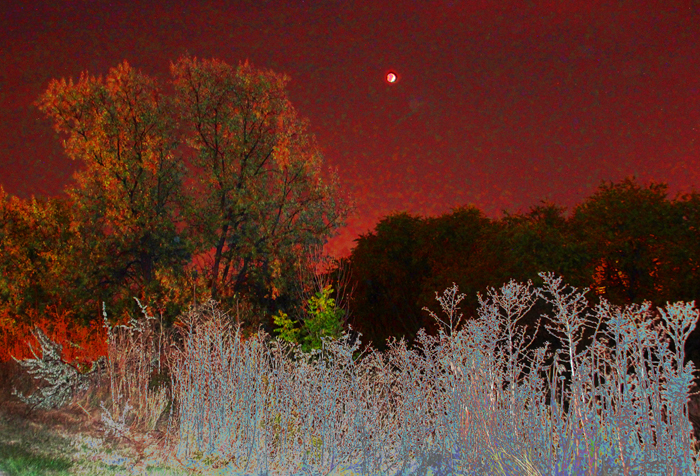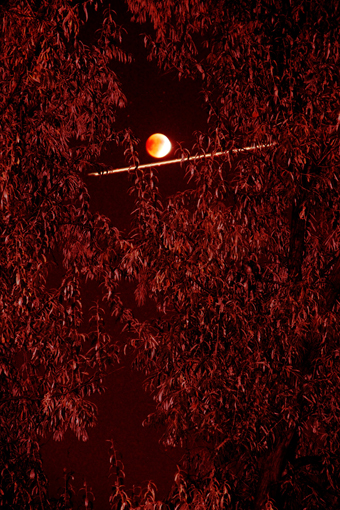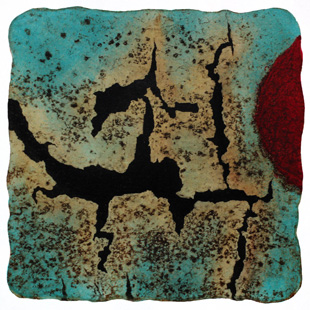I spent the evening observing and photographing this beautiful sight in an open space from just blocks my home. What I observed [...]]]>
I spent the evening observing and photographing this beautiful sight in an open space from just blocks my home. What I observed was the penumbra, or shadow of earth slowly moving across the moon. The moon got dark and then reddish. Because the sunlight acts like a prism and only the red light is bent into the shadow on the moon, we get the reddish hues. The sunrises and sunsets are reflected onto the the moon’s surface.
The moon is called a “supermoon” because it’s closes to Earth (perigee) and it appears larger in diameter. “Supermoons” occur 4-6 times a year,
There are 3 types of lunar eclipses: Total, partial and penumbral. The lunar eclipse happens during a FULL MOON. Because the moon’s orbit is slightly inclined to Earth, most full moons are not aligned properly, and so we don’t get an eclipse during our monthly full moons. Lunar eclipses happen about twice a year, but they are not TOTAL, not always at night, which this one was. They say that we’ll not see another TOTAL lunar eclipse until 2033. There have been only five since 1900.
October 8, 2014 was the second of the tetrad of Blood Moons. The first Blood Moon happened April 15, 2014, the third was April 4, 2015, and the final was Sept 27, 2015.
I created several Arborglyph solarplate monoprints inspired by the various supermoons. Image sizes are 6″x 6″. Some people claim “magic” happens during these special occurrences. The imagery in these monoprints has a mysterious, magical quality. Is it a bird, a plane, a helicopter, or a creature floating near the moon?
A Blue Moon is the second full moon in a solar calendar month. The moon really isn’t blue, but you often hear the phrase “Once in a Blue Moon”, indicating something that rarely happens. Even more rare is a real blue moon when atmospheric conditions such as smoke and dust from fires or volcanoes give the moon a bluish hue.



